Презентация atlantic slave trade

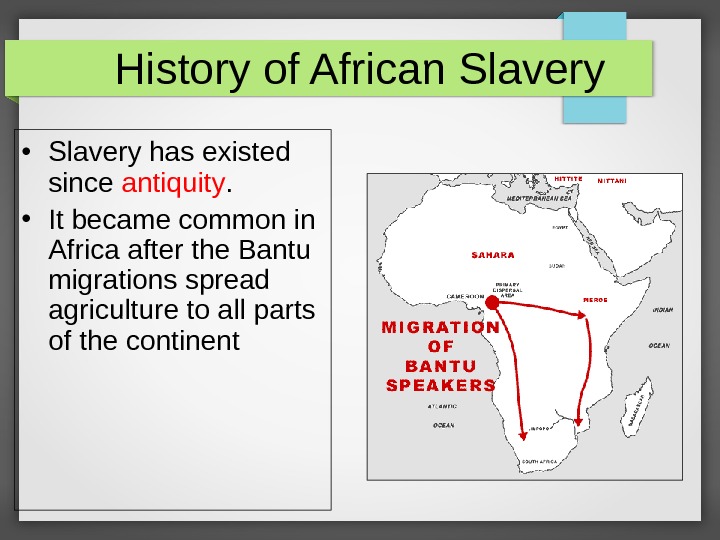
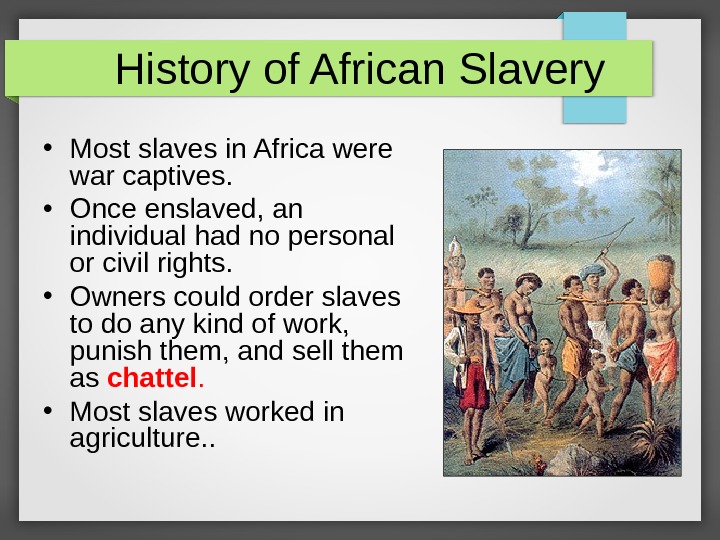

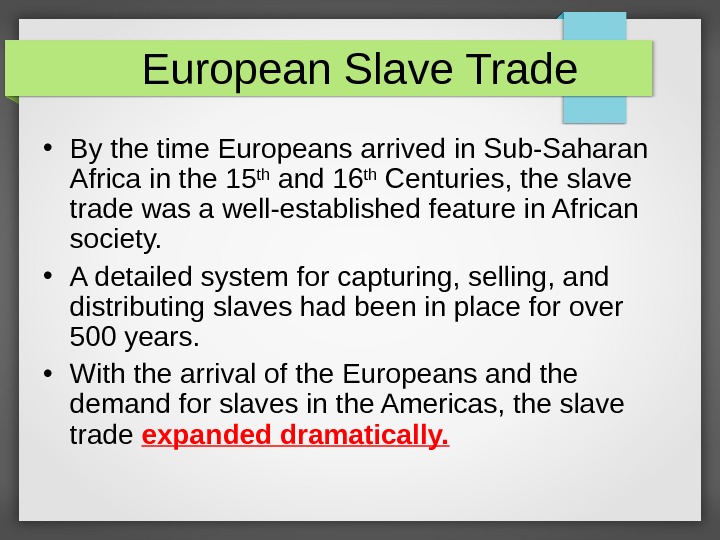
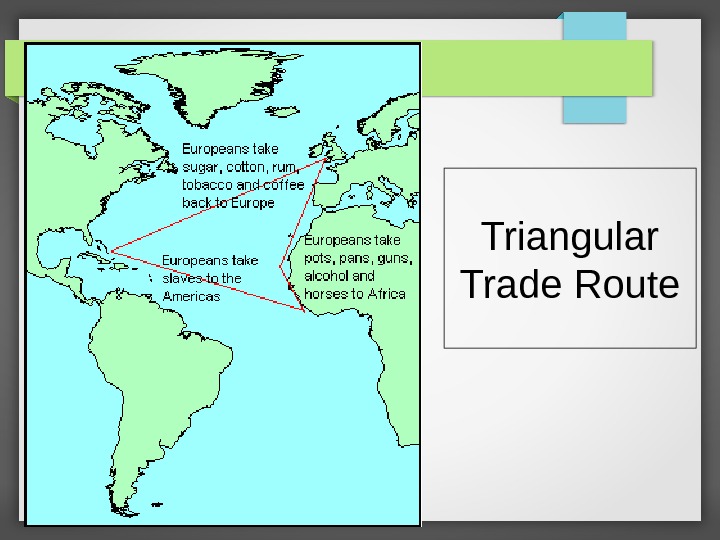
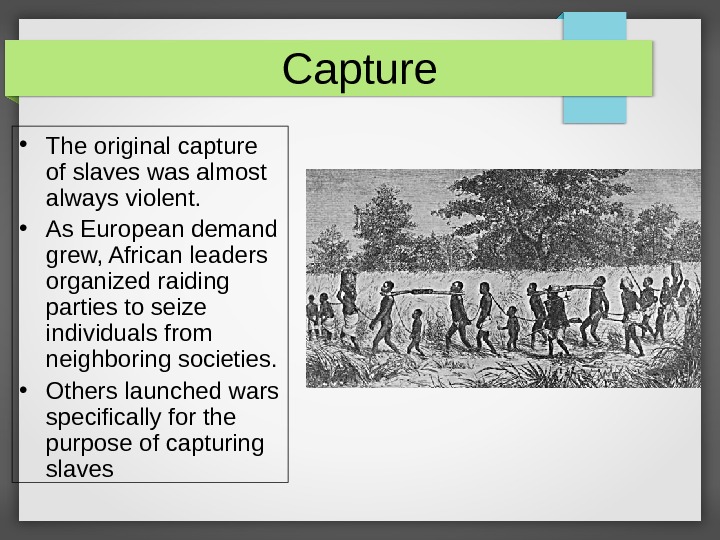
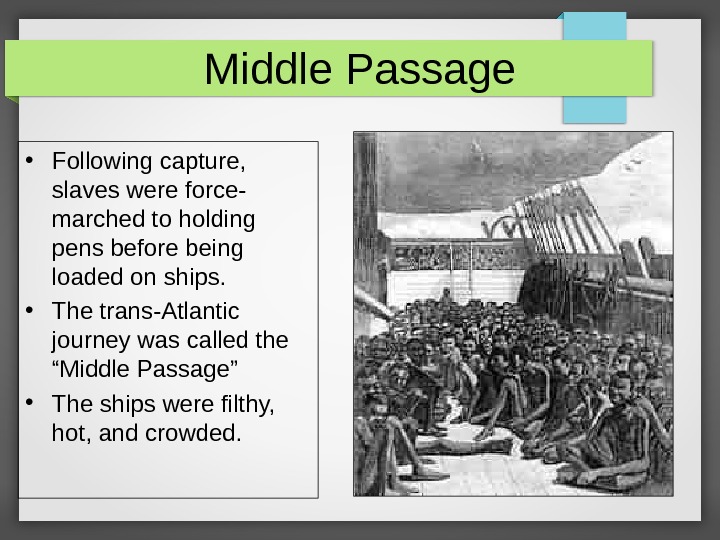
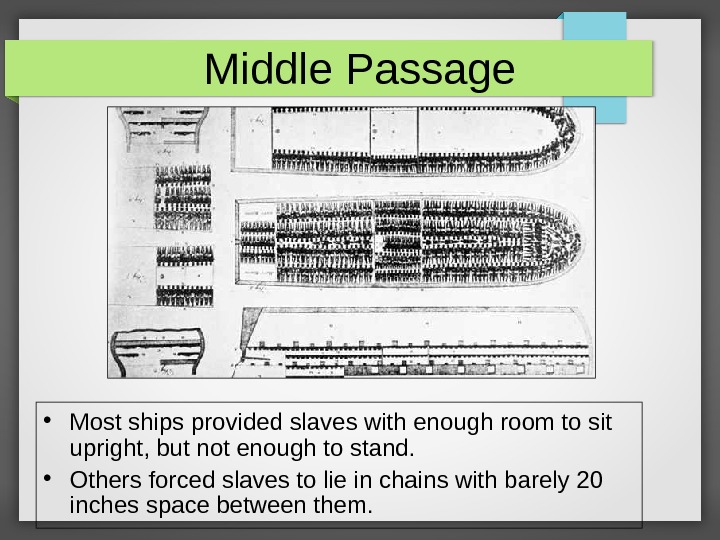
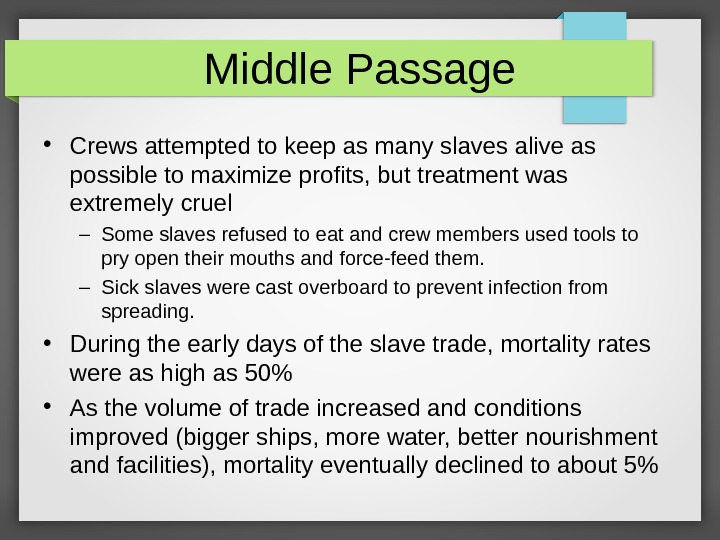
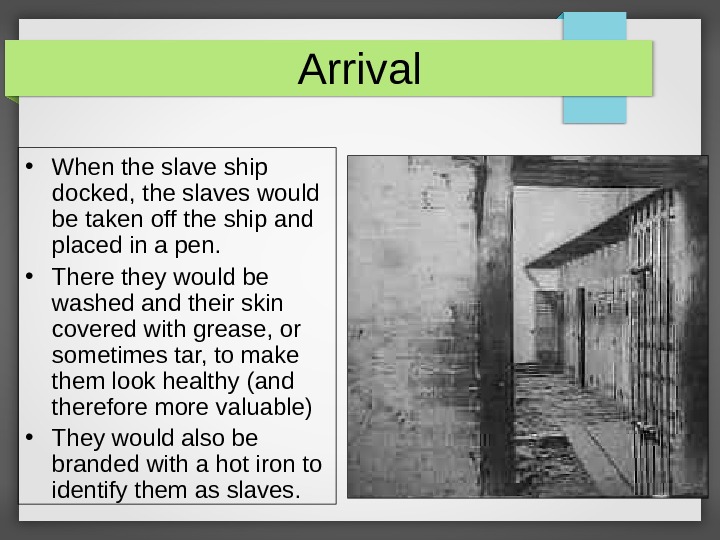
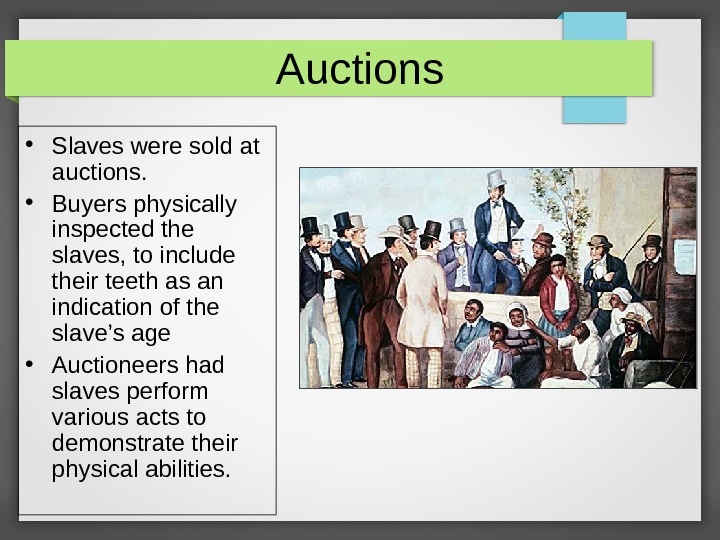
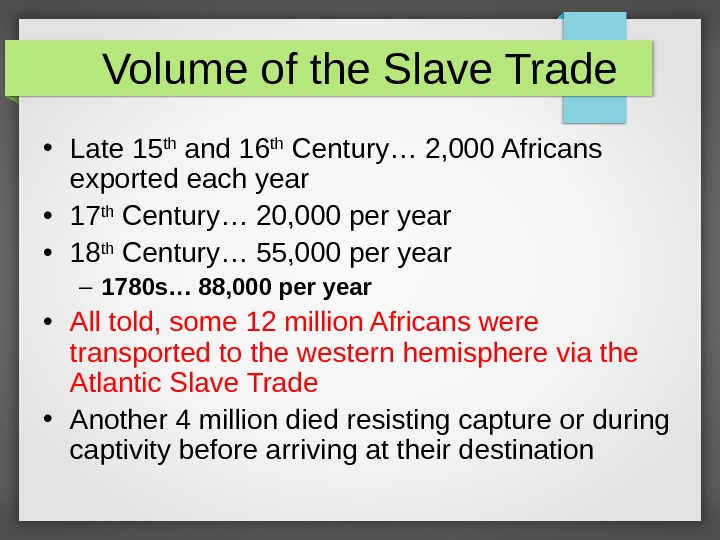
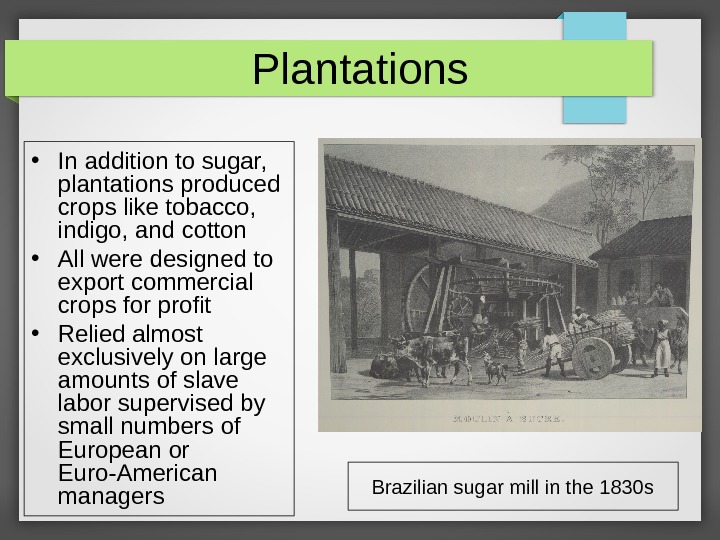
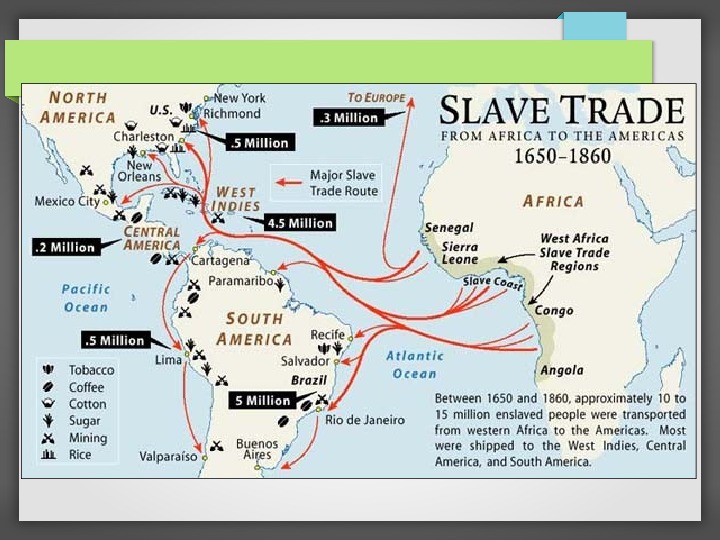
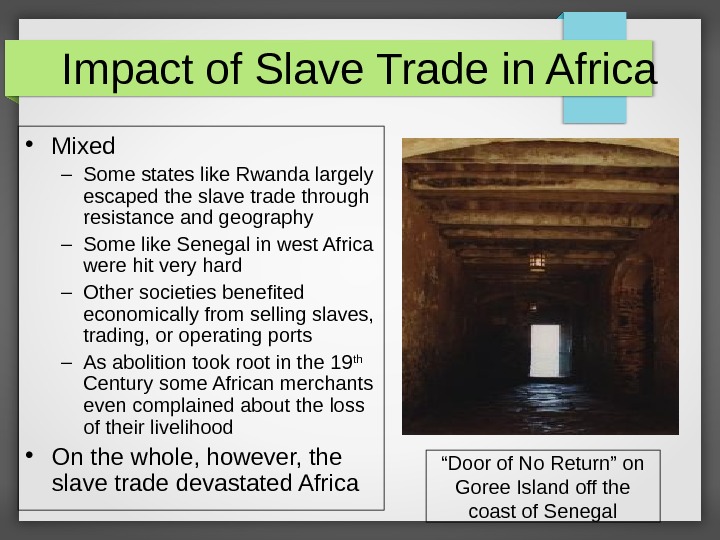
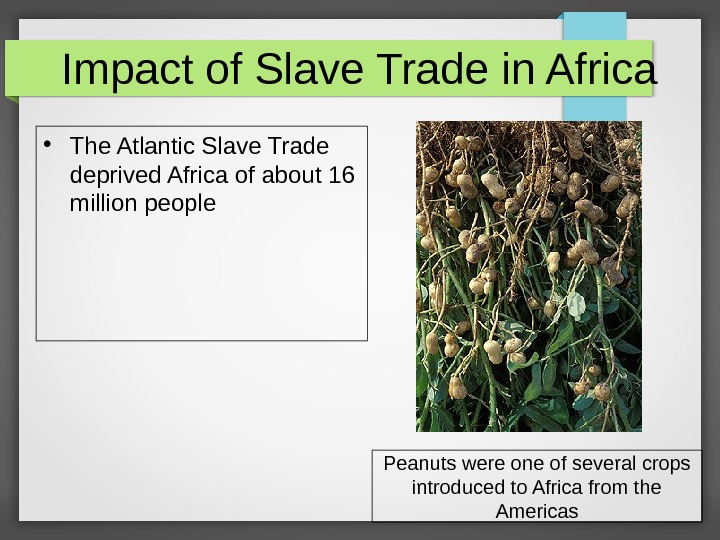
- Размер: 840 Кб
- Количество слайдов: 16
Описание презентации Презентация atlantic slave trade по слайдам
 History of African Slavery • Slavery has existed since antiquity. • It became common in Africa after the Bantu migrations spread agriculture to all parts of the continent
History of African Slavery • Slavery has existed since antiquity. • It became common in Africa after the Bantu migrations spread agriculture to all parts of the continent
 History of African Slavery • Most slaves in Africa were war captives. • Once enslaved, an individual had no personal or civil rights. • Owners could order slaves to do any kind of work, punish them, and sell them as chattel. • Most slaves worked in agriculture. .
History of African Slavery • Most slaves in Africa were war captives. • Once enslaved, an individual had no personal or civil rights. • Owners could order slaves to do any kind of work, punish them, and sell them as chattel. • Most slaves worked in agriculture. .
 History of African Slavery • African law did not recognize individual land ownership so wealth and power in Africa came from not owning land, but by controlling the human labor that made it productive. • Slaves were a form of investment and a sign of wealth.
History of African Slavery • African law did not recognize individual land ownership so wealth and power in Africa came from not owning land, but by controlling the human labor that made it productive. • Slaves were a form of investment and a sign of wealth.
 European Slave Trade • By the time Europeans arrived in Sub-Saharan Africa in the 15 th and 16 th Centuries, the slave trade was a well-established feature in African society. • A detailed system for capturing, selling, and distributing slaves had been in place for over 500 years. • With the arrival of the Europeans and the demand for slaves in the Americas, the slave trade expanded dramatically.
European Slave Trade • By the time Europeans arrived in Sub-Saharan Africa in the 15 th and 16 th Centuries, the slave trade was a well-established feature in African society. • A detailed system for capturing, selling, and distributing slaves had been in place for over 500 years. • With the arrival of the Europeans and the demand for slaves in the Americas, the slave trade expanded dramatically.
 Triangular Trade Route
Triangular Trade Route
 Capture • The original capture of slaves was almost always violent. • As European demand grew, African leaders organized raiding parties to seize individuals from neighboring societies. • Others launched wars specifically for the purpose of capturing slaves
Capture • The original capture of slaves was almost always violent. • As European demand grew, African leaders organized raiding parties to seize individuals from neighboring societies. • Others launched wars specifically for the purpose of capturing slaves
 Middle Passage • Following capture, slaves were force- marched to holding pens before being loaded on ships. • The trans-Atlantic journey was called the “Middle Passage” • The ships were filthy, hot, and crowded.
Middle Passage • Following capture, slaves were force- marched to holding pens before being loaded on ships. • The trans-Atlantic journey was called the “Middle Passage” • The ships were filthy, hot, and crowded.
 Middle Passage • Most ships provided slaves with enough room to sit upright, but not enough to stand. • Others forced slaves to lie in chains with barely 20 inches space between them.
Middle Passage • Most ships provided slaves with enough room to sit upright, but not enough to stand. • Others forced slaves to lie in chains with barely 20 inches space between them.
 Middle Passage • Crews attempted to keep as many slaves alive as possible to maximize profits, but treatment was extremely cruel – Some slaves refused to eat and crew members used tools to pry open their mouths and force-feed them. – Sick slaves were cast overboard to prevent infection from spreading. • During the early days of the slave trade, mortality rates were as high as 50% • As the volume of trade increased and conditions improved (bigger ships, more water, better nourishment and facilities), mortality eventually declined to about 5%
Middle Passage • Crews attempted to keep as many slaves alive as possible to maximize profits, but treatment was extremely cruel – Some slaves refused to eat and crew members used tools to pry open their mouths and force-feed them. – Sick slaves were cast overboard to prevent infection from spreading. • During the early days of the slave trade, mortality rates were as high as 50% • As the volume of trade increased and conditions improved (bigger ships, more water, better nourishment and facilities), mortality eventually declined to about 5%
 Arrival • When the slave ship docked, the slaves would be taken off the ship and placed in a pen. • There they would be washed and their skin covered with grease, or sometimes tar, to make them look healthy (and therefore more valuable) • They would also be branded with a hot iron to identify them as slaves.
Arrival • When the slave ship docked, the slaves would be taken off the ship and placed in a pen. • There they would be washed and their skin covered with grease, or sometimes tar, to make them look healthy (and therefore more valuable) • They would also be branded with a hot iron to identify them as slaves.
 Auctions • Slaves were sold at auctions. • Buyers physically inspected the slaves, to include their teeth as an indication of the slave’s age • Auctioneers had slaves perform various acts to demonstrate their physical abilities.
Auctions • Slaves were sold at auctions. • Buyers physically inspected the slaves, to include their teeth as an indication of the slave’s age • Auctioneers had slaves perform various acts to demonstrate their physical abilities.
 Volume of the Slave Trade • Late 15 th and 16 th Century… 2, 000 Africans exported each year • 17 th Century… 20, 000 per year • 18 th Century… 55, 000 per year – 1780 s… 88, 000 per year • All told, some 12 million Africans were transported to the western hemisphere via the Atlantic Slave Trade • Another 4 million died resisting capture or during captivity before arriving at their destination
Volume of the Slave Trade • Late 15 th and 16 th Century… 2, 000 Africans exported each year • 17 th Century… 20, 000 per year • 18 th Century… 55, 000 per year – 1780 s… 88, 000 per year • All told, some 12 million Africans were transported to the western hemisphere via the Atlantic Slave Trade • Another 4 million died resisting capture or during captivity before arriving at their destination
 Plantations • In addition to sugar, plantations produced crops like tobacco, indigo, and cotton • All were designed to export commercial crops for profit • Relied almost exclusively on large amounts of slave labor supervised by small numbers of European or Euro-American managers Brazilian sugar mill in the 1830 s
Plantations • In addition to sugar, plantations produced crops like tobacco, indigo, and cotton • All were designed to export commercial crops for profit • Relied almost exclusively on large amounts of slave labor supervised by small numbers of European or Euro-American managers Brazilian sugar mill in the 1830 s

 Impact of Slave Trade in Africa • Mixed – Some states like Rwanda largely escaped the slave trade through resistance and geography – Some like Senegal in west Africa were hit very hard – Other societies benefited economically from selling slaves, trading, or operating ports – As abolition took root in the 19 th Century some African merchants even complained about the loss of their livelihood • On the whole, however, the slave trade devastated Africa “ Door of No Return” on Goree Island off the coast of Senegal
Impact of Slave Trade in Africa • Mixed – Some states like Rwanda largely escaped the slave trade through resistance and geography – Some like Senegal in west Africa were hit very hard – Other societies benefited economically from selling slaves, trading, or operating ports – As abolition took root in the 19 th Century some African merchants even complained about the loss of their livelihood • On the whole, however, the slave trade devastated Africa “ Door of No Return” on Goree Island off the coast of Senegal
 Impact of Slave Trade in Africa • The Atlantic Slave Trade deprived Africa of about 16 million people Peanuts were one of several crops introduced to Africa from the Americas
Impact of Slave Trade in Africa • The Atlantic Slave Trade deprived Africa of about 16 million people Peanuts were one of several crops introduced to Africa from the Americas

